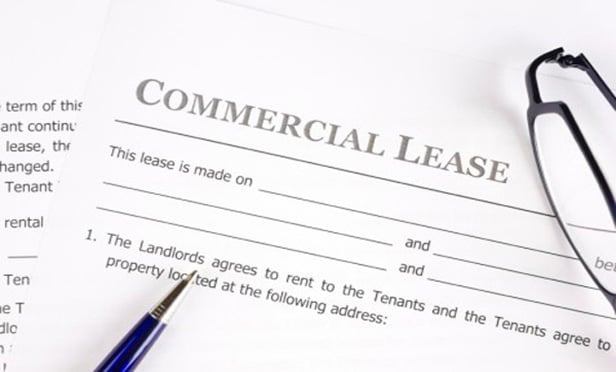Features

Court of Appeals Rules on 'Good Guy' Guarantees
The Court of Appeals reversed a line of lower court cases which had upended the expectations of innumerable contracting parties who bargained for limited “good guy” guaranties.
Columns & Departments

Real Property Law
Retroactive Application of FAPA Does Not Violate State Constitution; Retroactive Application of FAPA Does Not Violation Contracts Clause; No Questions of Fact Preclude Summary Judgment on Claim for Partition and Sale; Interest of Heirs Extinguished By Adverse Possession; Sister’s Adverse Possession Claim Against Brother Dismissed
Columns & Departments

Development
Neighbor Lacks Standing to Challenge Approval of Tax Incentives
Columns & Departments

Landlord & Tenant Law
Constructive Eviction Defense Precludes Summary Judgment on Ejectment Claim
Columns & Departments

Co-ops and Condominiums
Questions of Fact Preclude Summary Judgment Claim on Liability for Decomposition of Slab Over Garage UnitBreach of Fiduciary Duty Claim for Failure to Investigate Violations
Need Help?
- Prefer an IP authenticated environment? Request a transition or call 800-756-8993.
- Need other assistance? email Customer Service or call 1-877-256-2472.
MOST POPULAR STORIES
- 10 Steps Legal Departments Should Be Taking to Prepare for the SEC's Newly Adopted Cybersecurity Risk Governance Rule for Public CompaniesBy readying your company's cybersecurity program now to comply with the SEC's cyber rules, you will also arm your company with a better defense against cyberthreat actors, reduce the reputational harm that comes along with a cybersecurity incident and increase investor confidence in the company's cybersecurity program.Read More ›
- The DOJ's Corporate Enforcement Policy: One Year LaterThe DOJ's Criminal Division issued three declinations since the issuance of the revised CEP a year ago. Review of these cases gives insight into DOJ's implementation of the new policy in practice.Read More ›
- Use of Deferred Prosecution Agreements In White Collar InvestigationsThis article discusses the practical and policy reasons for the use of DPAs and NPAs in white-collar criminal investigations, and considers the NDAA's new reporting provision and its relationship with other efforts to enhance transparency in DOJ decision-making.Read More ›
- The DOJ's New Parameters for Evaluating Corporate Compliance ProgramsThe parameters set forth in the DOJ's memorandum have implications not only for the government's evaluation of compliance programs in the context of criminal charging decisions, but also for how defense counsel structure their conference-room advocacy seeking declinations or lesser sanctions in both criminal and civil investigations.Read More ›
- China Finalizes New Regulations to Relax Personal Data Exports from ChinaNearly six months after the Cyberspace Administration of China (CAC) was first introduced for public consultation, the much-awaited final rules on Regulating and Facilitating Cross-border Data Flows were published and came into effect on March 22, 2024. The New Regulations largely repeat the Draft Regulations, but now have further relaxed personal data exports from China.Read More ›
